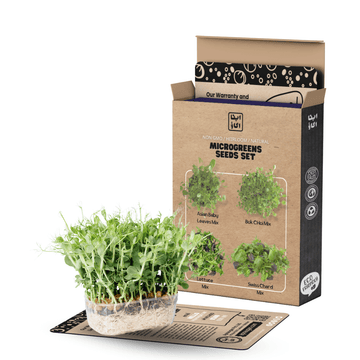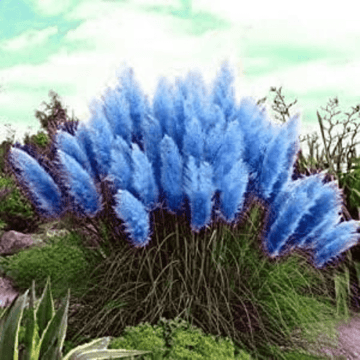What is Pampas Grass?
Pampas Grass, scientifically known as Cortaderia selloana, is a tall, flowering grass native to South America. It is widely recognized for its large, feathery plumes that can reach up to 10 feet in height. Pampas Grass is a popular choice for landscaping due to its ornamental value and ability to add texture and movement to gardens.
Choosing the Right Location
When it comes to growing Pampas Grass, selecting the right location is crucial. This grass thrives in full sun, so choose an area in your garden that receives at least six hours of direct sunlight per day. Additionally, ensure that the soil is well-draining to prevent waterlogging, as Pampas Grass does not tolerate soggy conditions.
Preparing the Soil
Before planting Pampas Grass, it is important to prepare the soil properly. Start by removing any weeds or grass from the planting area. Loosen the soil using a garden fork or tiller to a depth of about 12 inches. Incorporate organic matter, such as compost or well-rotted manure, to improve soil fertility and drainage.
Planting Pampas Grass
Spring is the ideal time to plant Pampas Grass. Dig a hole that is twice the width and depth of the root ball. Place the plant in the hole, ensuring that the top of the root ball is level with the soil surface. Backfill the hole with soil, gently firming it around the plant. Water thoroughly after planting to settle the soil.
Watering and Maintenance
While Pampas Grass is drought-tolerant once established, it requires regular watering during its initial growth period. Water deeply once a week, providing about an inch of water. Once the plant is established, reduce watering frequency. Avoid overwatering, as it can lead to root rot.
Pruning and Division
To maintain the health and appearance of Pampas Grass, regular pruning is necessary. In late winter or early spring, cut back the grass to a height of about 6 to 8 inches from the ground. This will encourage new growth and prevent the plant from becoming too leggy. Every few years, divide the clumps of Pampas Grass to prevent overcrowding and promote better growth.
Potential Issues
Pampas Grass is generally a low-maintenance plant, but it can face a few issues. One common problem is the invasion of pests like aphids or mealybugs. Regularly inspect the grass for any signs of infestation and treat it with appropriate insecticides if necessary. Additionally, be cautious of fire hazards, as Pampas Grass is highly flammable. Keep it away from buildings and prune away any dead or dry foliage.
Conclusion
Growing Pampas Grass can be a rewarding experience for any garden enthusiast. By selecting the right location, preparing the soil, and providing proper care, you can enjoy the beauty and elegance of this stunning grass in your own backyard. Follow these guidelines, and soon you'll have a flourishing Pampas Grass that adds a touch of grace to your landscape.










